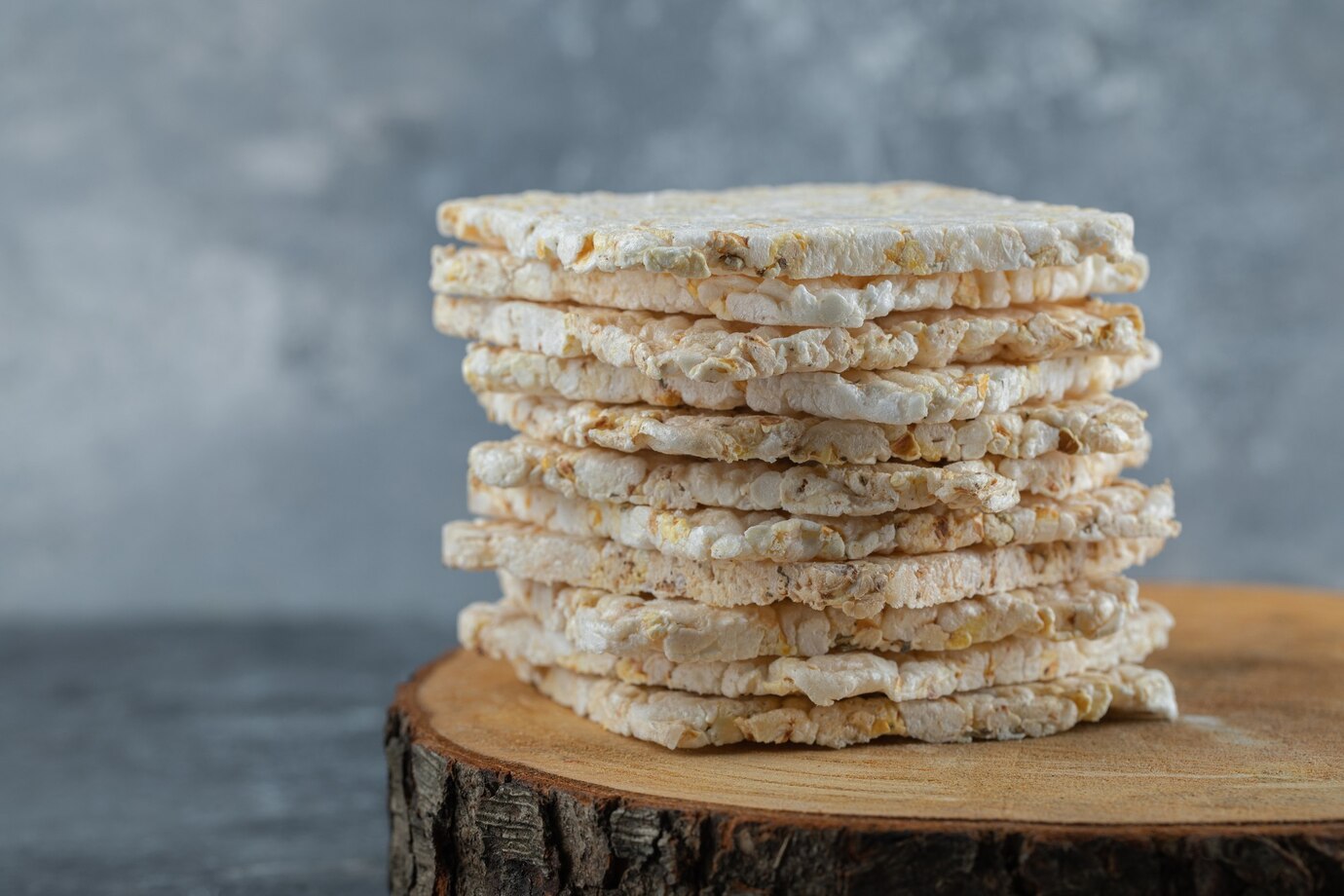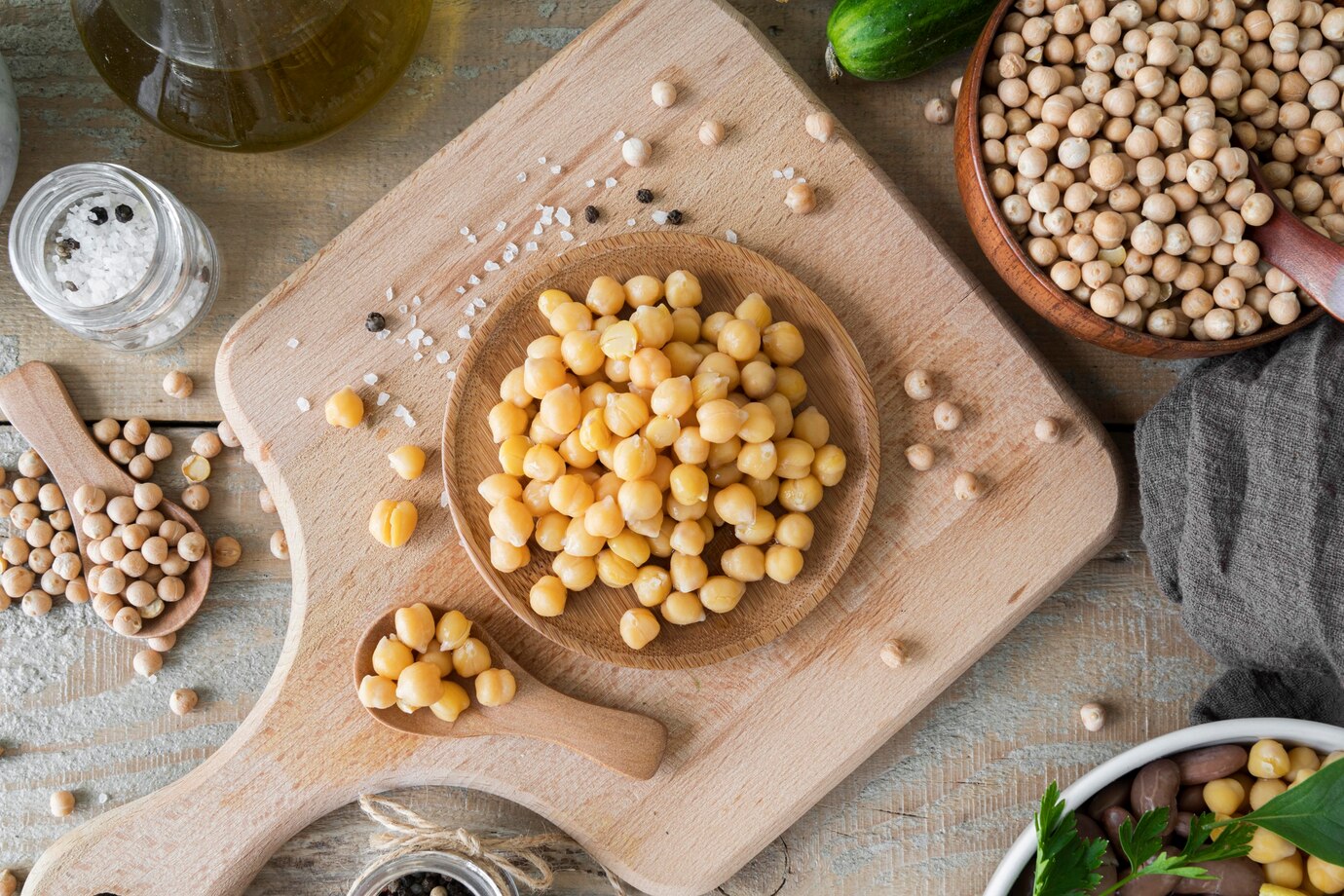
How to Cook with Global Plant-Based Protein Sources
As plant-based diets gain traction, the market for vegan protein sources is booming. More than just the basics, like tofu and beans, cultures worldwide offer a wealth of bold, colourful, plant-based proteins that can take your cooking to the next level. Those ingredients — everything from fermented soy in Asia to heritage grains in South America — add diversity and depth of flavour to plant-based dishes.
Dive into the delightful realm of global plant-based proteins and elevate your culinary game. These nutritional treasures not only boost your health, but also immerse you in vibrant culinary traditions. In this guide, prepare for a flavorful escapade through the world’s finest plant-based protein sources. Discover dazzling cooking techniques and indulge in scrumptious recipes that will enrich your meals. It’s time to sprinkle some excitement into your plate!
Why Explore Global Plant-Based Proteins?

1. Nutritional Benefits
Different plant-based proteins offer a wide range of nutrients, including:
- Complete proteins: Quinoa and soy provide all nine essential amino acids.
- Fibre and vitamins: Lentils, chickpeas, and grains are rich in fibre, iron, and B vitamins.
- Healthy fats: Nuts and seeds offer heart-healthy fats and omega-3s.
2. Culinary Diversity
Exploring global plant-based proteins introduces you to unique ingredients and cooking styles.
- Asian cuisine uses fermented soy products for depth of flavour.
- Latin American dishes feature protein-rich grains and legumes.
- Middle Eastern recipes highlight hearty pulses and nuts.
3. Sustainable and Ethical Eating
Incorporating alternative plant proteins reduces reliance on animal products, supporting sustainable food practices. Many plant-based proteins have a lower carbon footprint compared to meat production.
Global Plant-Based Proteins and How to Cook with Them
1. Tofu (China & Japan)
Origin: East Asia Nutritional Profile: High in protein, low in fat, and rich in calcium and iron.
Tofu, made from coagulated soy milk, is a versatile protein source used in both savoury and sweet dishes. It absorbs flavours well, making it ideal for marinades and stir-fries.
Cooking Tips:
- Firm tofu: Best for grilling, frying, or baking.
- Silken tofu: Ideal for soups, smoothies, and desserts.
- Flavour pairing: Marinate tofu with soy sauce, ginger, and garlic before cooking for a deeper flavour.
Recipe Idea:
Spicy Mapo Tofu (China) – Silken tofu in a spicy chilli and fermented black bean sauce, served over rice.
2. Tempeh (Indonesia)

Origin: Indonesia Nutritional Profile: Rich in protein, fibre, and probiotics.
Tempeh is made from fermented soybeans, giving it a firm texture and nutty flavour. It’s perfect for grilling, baking, or crumbling into dishes.
Cooking Tips:
- Steam before cooking to reduce bitterness.
- Marinate with tamari, maple syrup, and smoked paprika for added flavour.
- Pan-fry until golden brown for a crispy exterior.
Recipe Idea:
Balinese Tempeh Satay – Grilled tempeh skewers with a spicy peanut sauce.
3. Seitan (China & Japan)
Origin: East Asia Nutritional Profile: High in protein, low in fat and carbs.
Seitan, also known as wheat gluten, has a meat-like texture, making it a popular choice for vegan meat substitutes.
Cooking Tips:
- Simmer in broth before frying or grilling to infuse flavour.
- Season with garlic powder, smoked paprika, and soy sauce for a savoury taste.
- Use seitan in stir-fries, curries, or as a meat replacement in sandwiches.
Recipe Idea:
Vegan Seitan Gyros (Greece) – Marinated seitan strips served in a pita with tomatoes, cucumbers, and tahini sauce.
4. Lentils (India & Middle East)
Origin: South Asia and Middle East Nutritional Profile: High in protein, fibre, and iron.
Lentils are a staple plant-based protein with a rich, earthy flavour. They come in various types, including green, brown, red, and black lentils.
Cooking Tips:
- Red lentils: Best for soups and stews as they break down when cooked.
- Green and brown lentils: Hold their shape, making them ideal for salads and curries.
- Spices like cumin, turmeric, and coriander enhance the flavour of lentil dishes.
Recipe Idea:
Indian Dal Tadka – Spiced lentil stew with cumin, garlic, and mustard seeds, served with rice or naan.
5. Chickpeas (Middle East & Mediterranean)

Origin: Middle East and Mediterranean Nutritional Profile: High in protein, fibre, and folate.
Chickpeas, or garbanzo beans, are a versatile protein source used in everything from hummus to curries.
Cooking Tips:
- Roast chickpeas with spices for a crispy snack.
- Blend into creamy dips or spreads.
- Use in stews, salads, or wraps.
Recipe Idea:
Moroccan Chickpea Stew – Slow-cooked chickpeas with tomatoes, cumin, and cinnamon, served over couscous.
6. Quinoa (South America)
Origin: South America (Peru, Bolivia) Nutritional Profile: Complete protein, high in fibre, magnesium, and iron.
Quinoa is a protein-rich ancient grain with a light, fluffy texture and nutty flavour.
Cooking Tips:
- Rinse quinoa before cooking to remove its bitter coating.
- Cook in vegetable broth for added flavour.
- Use in salads, bowls, or as a side dish.
Recipe Idea:
Peruvian Quinoa Salad – Quinoa mixed with black beans, avocado, tomatoes, and a citrus vinaigrette.
7. Lupini Beans (Mediterranean)
Origin: Mediterranean region Nutritional Profile: High in protein, low in carbs, and rich in fibre.
Lupini beans are mildly nutty and creamy with a slightly bitter edge. They are commonly eaten as a snack or added to salads.
Cooking Tips:
- Soak and boil before eating to remove bitterness.
- Add to salads or pasta dishes.
- Toss with olive oil, lemon juice, and herbs.
Recipe Idea:
Italian Lupini Bean Salad – Tossed with cherry tomatoes, arugula, olives, and balsamic vinaigrette.
Tips for Cooking with Plant-Based Proteins
- Marinate for Flavour: Many plant proteins, such as tofu and tempeh, absorb marinades well. Let them sit for at least 30 minutes before cooking.
- Use complementary spices: Enhance the flavour of plant-based proteins with bold herbs and spices.
- Experiment with cooking methods: Try grilling, roasting, sautéing, and slow cooking to bring out different textures.
- Mix and match proteins: Combine different plant-based proteins (e.g., lentils and quinoa) for balanced nutrition.
Get your Vegan Protein Game On
Cooking with global plant-based proteins is a passport to culinary exploration. Immerse yourself in diverse cuisines, where healthy, sustainable meals await. Simmer spiced lentils to cradle your soul; grill tempeh skewers for a smoky experience; or whip up a creamy hummus that dances joyfully on your taste buds. These vegan protein sources unlock a treasure chest of tantalising possibilities!
Infuse your meals with new plant-based ingredients for an explosion of flavour, nutrition, and creativity. Uncover how global cuisines can revolutionise your vegan cooking adventures. Relish the creative journey of crafting delicious, protein-packed dishes from every corner of the globe.


